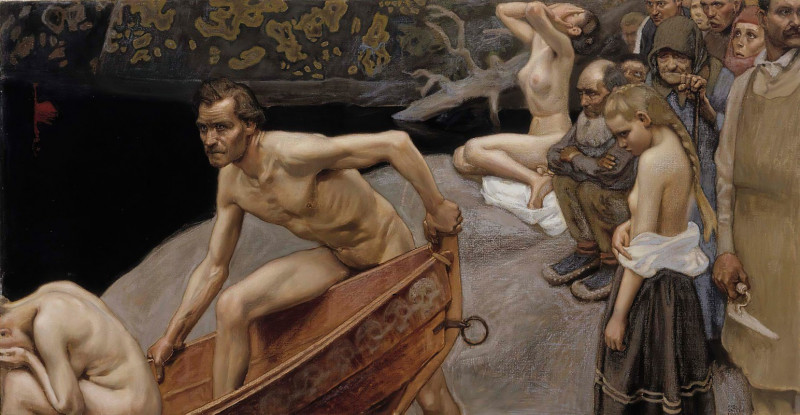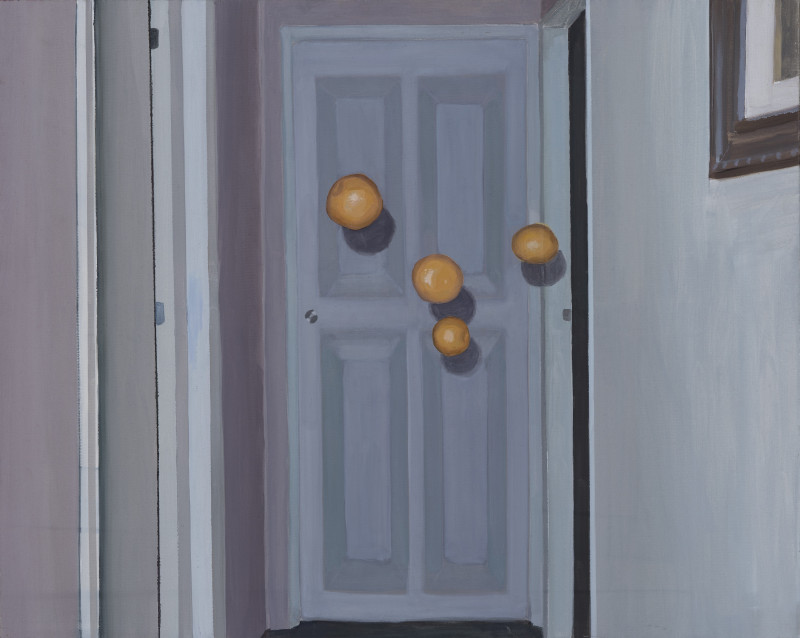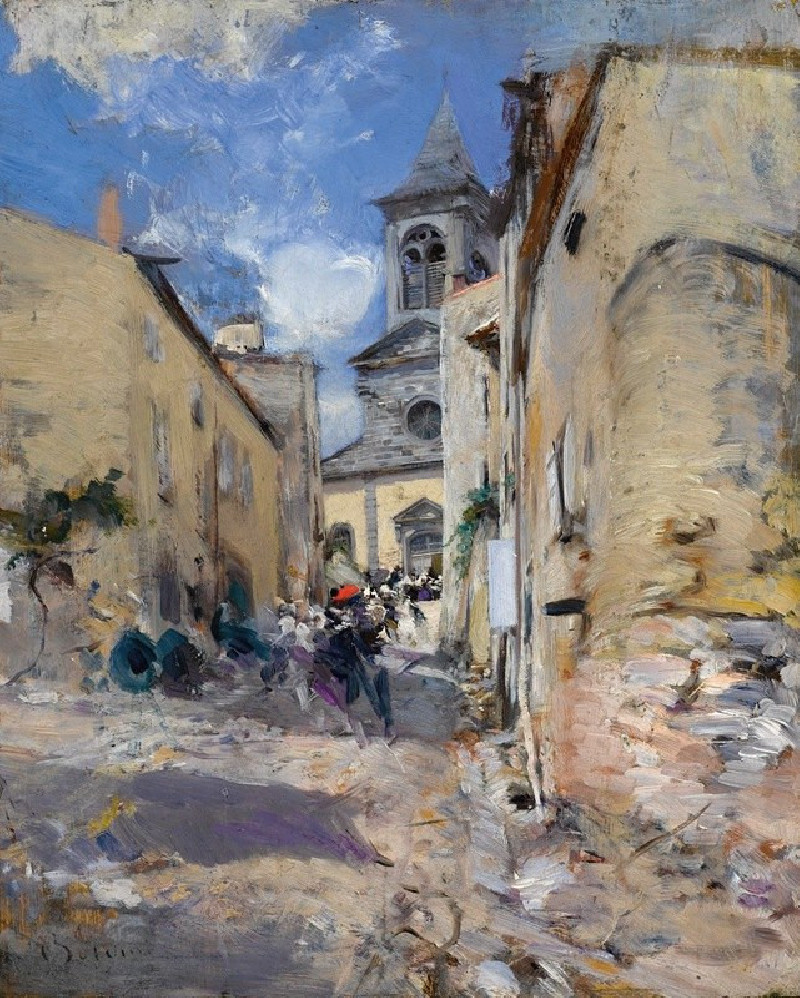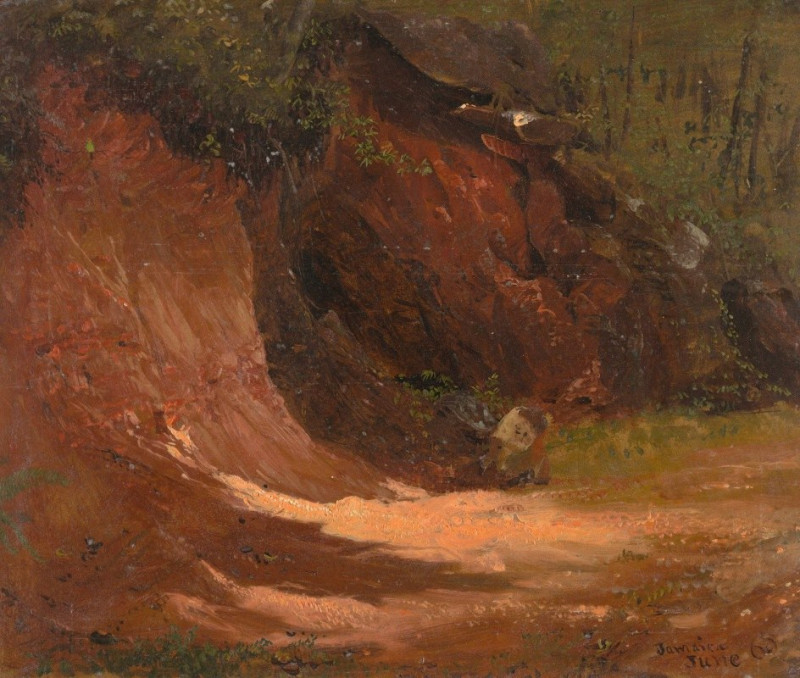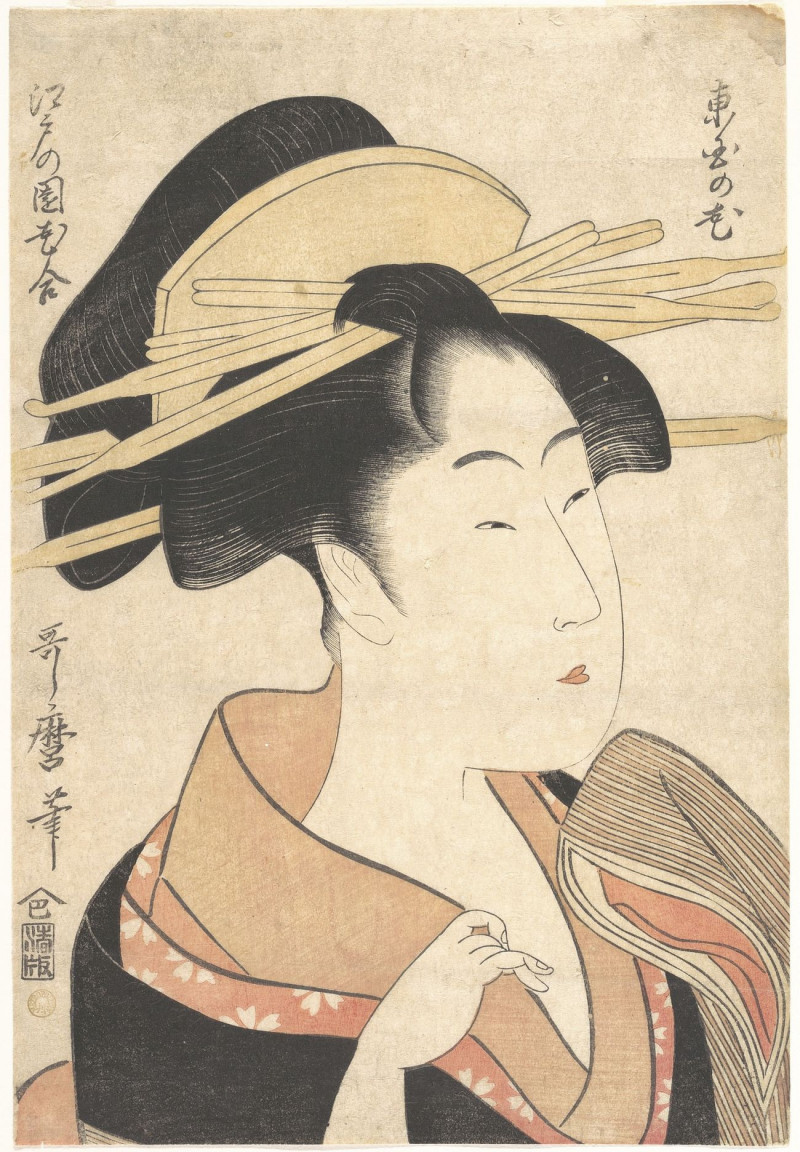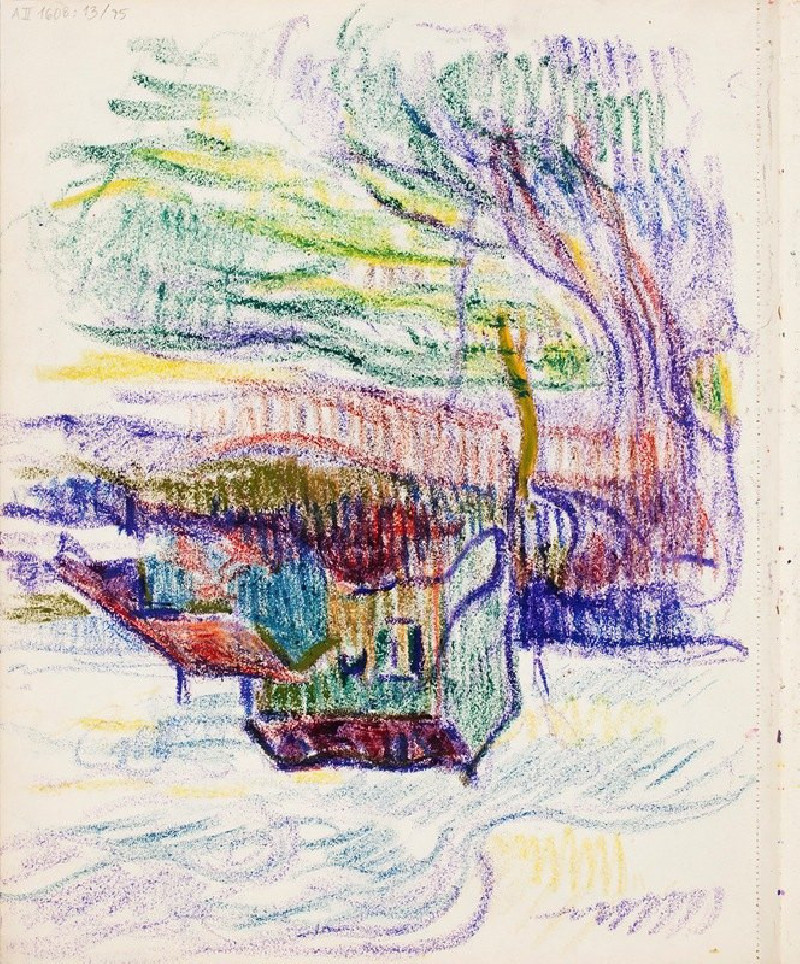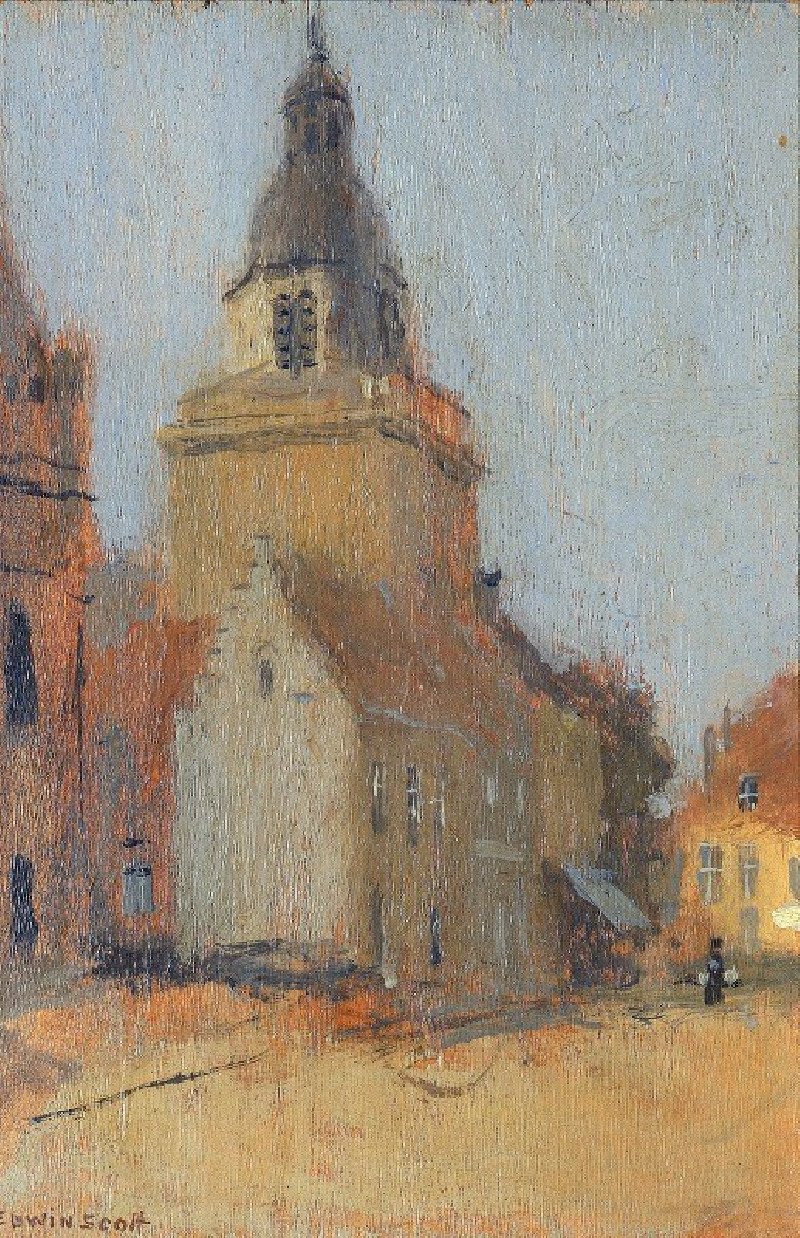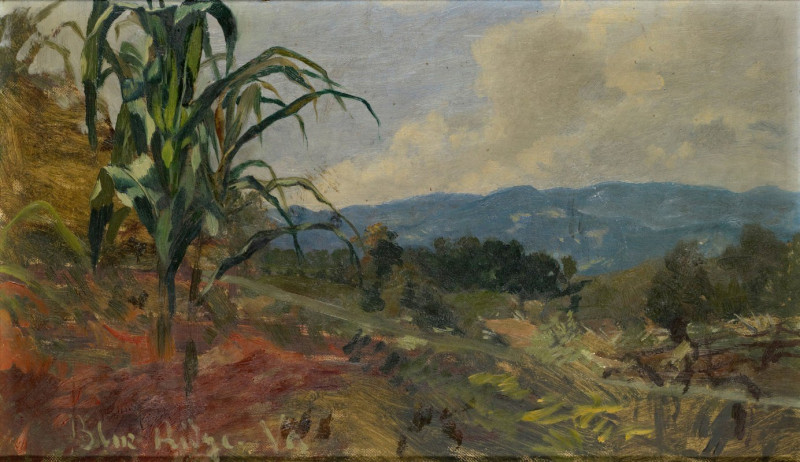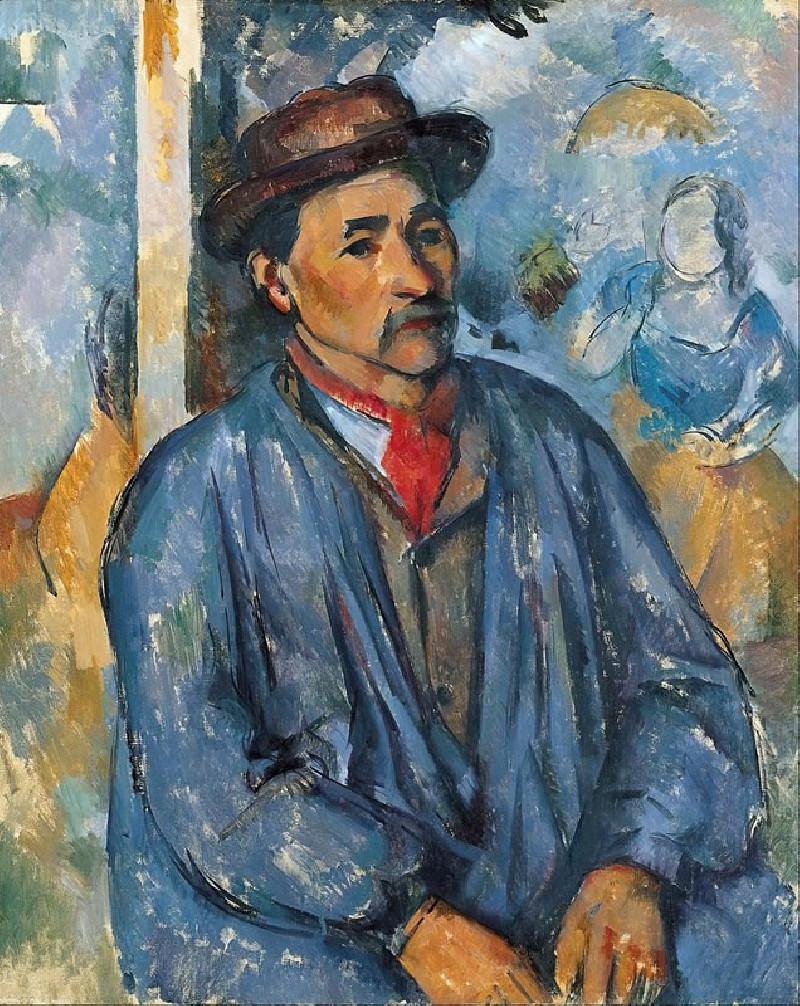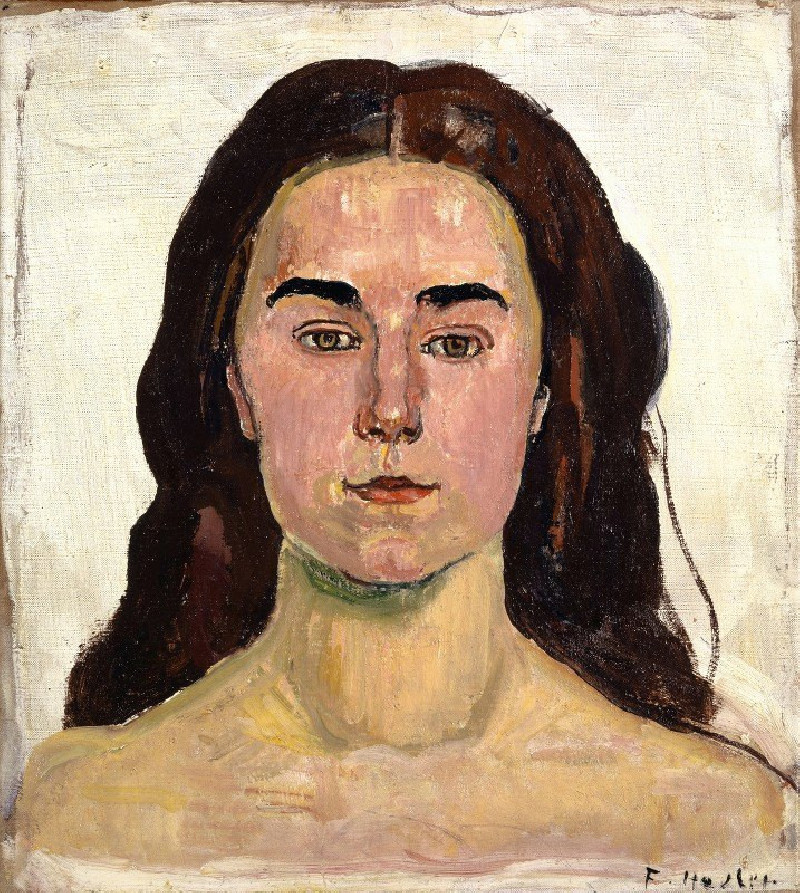Athlete’s Head (1932)
Technique: Giclée quality print
Recommended by our customers
More about this artwork
"Athlete's Head," painted by the influential abstract artist Paul Klee in 1932, captures a unique blend of abstraction and figurative representation that is quintessential to Klee's style. This painting is a mesmerizing interpretation of an athlete’s facial features, portrayed through a network of subtle colors and finely structured patterns that suggest a mesh-like texture across the canvas.Klee's technique involves a complex lattice of small, meticulous strokes that build up to form the contours of the face, invoking both strength and delicacy. The face is rendered in a palette that blends natural skin tones with shades of blues and grays, possibly reflecting the psychological or emotional landscape of the athlete more so than his physical traits. The eyes, painted with striking blue, serve as a focal point, drawing the viewer into a gaze that is contemplative and somewhat piercing.This artwork invites viewers to explore the intersection of physical existence and the ethereal qualities of human spirit embodiment. Klee's "Athlete’s Head" stands not only as a representation of physical prowess but also as a symbol of the emotional and mental strength that defines an athlete's discipline and dedication.
Delivery
Returns
Paul Klee was a Swiss-born German artist. His highly individual style was influenced by movements in art that included expressionism, cubism, and surrealism. Klee was a natural draftsman who experimented with and eventually deeply explored color theory, writing about it extensively; his lectures Writings on Form and Design Theory (Schriften zur Form und Gestaltungslehre), published in English as the Paul Klee Notebooks, are held to be as important for modern art as Leonardo da Vinci's A Treatise on Painting for the Renaissance.
































